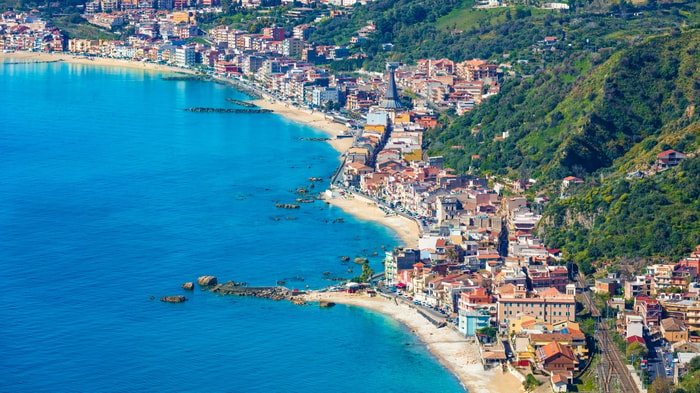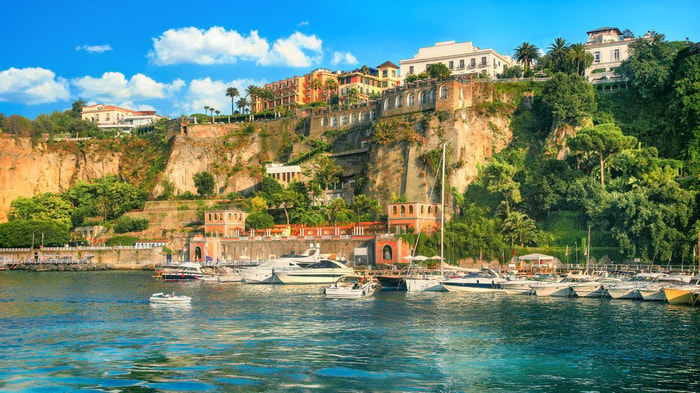Coastal Gems of Italy & Croatia
Italy and Croatia are alive with spectacular architecture, from the canal-lined streets of Venice to the winding maze of Neapolitan alleyways. Witness the Greek influences of the southern Italian port city of Crotone. Peruse the medieval walls of Dubrovnik on an immersive exploration.
Leaving from:
Venice
Cruise ship:
Emerald Sakara
Visiting:
Venice •
Vis Island •
Dubrovnik •
Otranto •
From
Price shown provided by:
Emerald Cruises
Emerald Cruises offers a modern, relaxed, super-premium all-inclusive cruising experience, with contemporary and elegant ships and bucket-list destinations.
Onboard, guests are able to dine at four all-inclusive and unique outlets, enjoying free-flowing alcoholic beverages at mealtimes. Flexibility is key, with its range of shore excursion packages, and every aspect of the trip is taken care of – including flights and transfers.
100
Passengers
64
Crew
2023
Launched
110m
Length
6
Decks
EUR
Currency
Cruise Itinerary
Day 1
Venice, Italy
Day 2
Vis Island, Croatia
Day 3
Dubrovnik, Croatia
Day 4
Otranto, Italy
Day 5
Gallipoli, Italy
Day 6
Giardini Naxos, Italy
Day 7
Sorrento, Italy
Day 8
Civitavecchia, Italy
Day 1
Venice, Italy

Day 2
Vis Island, Croatia
Day 3
Dubrovnik, Croatia

Day 4
Otranto, Italy

Day 5
Gallipoli, Italy

Day 6
Giardini Naxos, Italy

Day 7
Sorrento, Italy
Day 8
Civitavecchia, Italy
Ship Details

Emerald Cruises
Emerald Sakara
Reaching an impressive 110 metres in length, our spectacular superyachts will exceed your yacht cruising expectations.
Cabins
All Prices
